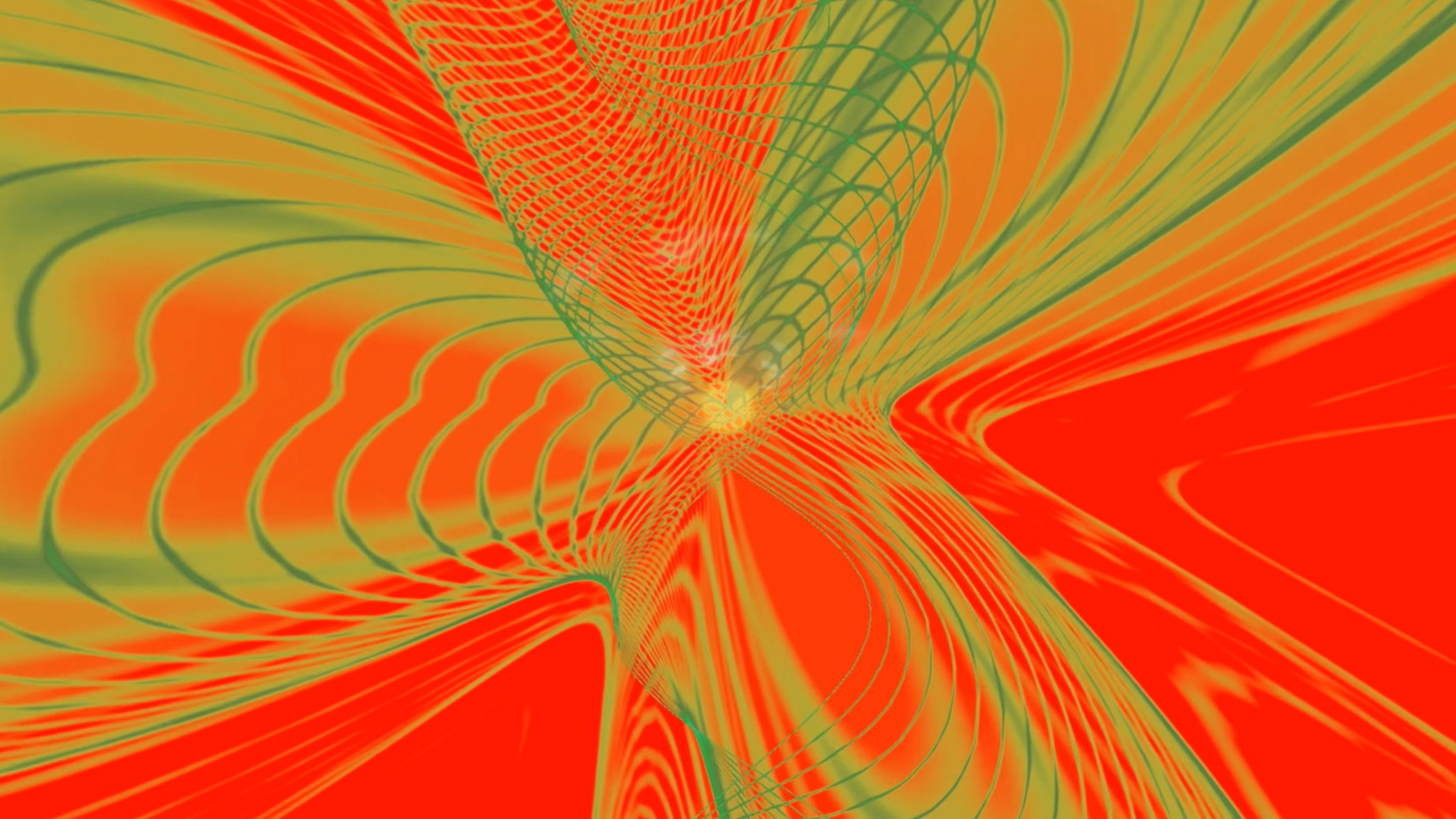Location
Anthology Film Archives
32 Second Avenue
New York, NY 10003

Anthology Film Archives
32 Second Avenue
New York, NY 10003
31 May 2017
7:30 PM – 8:40PM
Program Notes.
This program celebrates the publication of Millennium Film Journal No. 65, with works featured in the new issue, entitled “Architecture On Screen and Off.” The title refers to recent moving-image artists’ considerations of the built environment and its connection with character, politics, social norms, class, race, gender, and money. The issue also includes three texts about early video, an interview with Jesse McLean, and an essay by Tom Sherman.
Selected and presented by Millennium Film Journal senior editor Grahame Weinbren.
“The provocative, freewheeling IS THIS MUSIC? reveals substantial overlaps between Tsuno’s and Alpert’s early, experimental video art and their later media practices. […] This comic or parodied sense of patriotism foresees the sharply critical perspective of their later exposés on American government and foreign conflicts, while also exemplifying the playful attitude that distinguished Alpert’s and Tsuno’s work from the staunch nationalism of the period, as well as the seriousness of their art-video peers.”
–Joel Neville Anderson, “(Community) Video Art: DCTV’s Expanded Documentary Practice”
“DIGITAL TV DINNER portends future engagements with the ‘materiality’ of the digital signal as an intervention in the execution of programming code within the computer system itself. The early date of this tape, coupled with the approach to creating its visuals, make it one of the first, if not the very first, ‘glitch’ video…. The process [involved in the] creation of this audio-visual work is one that emphasizes the performative over (and against) the explicitly programmed.”
–Michael Betancourt, “The Invention of Glitch Video: DIGITAL TV DINNER”
“Surpassing a reiteration of the critique of traditional gender oppositions, Simnett’s artistic practice undermines the binary taxonomy of male-female using original, radical methodologies. THE NEEDLE AND THE LARYNX invites the viewer to consider the larger performative apparatuses, determined by social constructs, which actuate distinctions inherent to our ideology: antagonisms in the guise of affirmations of identity.”
–Melvin Harper, “Syringes and Mosquitoes”
“Rist, a Swiss video artist and musician, has been expanding video art since the 1980s, ceaselessly reinventing forms, shredding restraints, dissolving dualistic divisions. Saturated colors, images, songs, spaces, and genres mix and morph into playful and provocative arcadias. If such a fluid artist could possibly have a system, you might say she systematically reimagines a relationship between the body, the viewing experience, and the image, bringing them ever closer to one another…. A certain cleanliness and commercial aplomb leave us with the impression of a fairytale caught somewhere between the Grimm Brothers’ dark and grotesque original and the sanitized, cheery rendition produced by the Disney empire.”
–Rachel Stevens, “Pipilotti Rist: Pixel Forest at the New Museum”
“Analog is akin to water, where digital is atmospheric and similar to static electricity in the air. It builds up in tiny atomistic events until a sheet of flashing light discharges the tension and resets the whole environment. The digital crosses the divide in an instant, if a path is available. Analog, meanwhile, sloshes around wet and cool in concentric circles, in materialized echoes, every connection a continuum. Analog instruments are vessels. They have to be sealed to prevent leaking. Analog signals overflow and flood circuits as a matter of course. Stability is a relative concept as depth creates pressure and there is always movement on the surface. Analog wetness can be contained if a little mess can be tolerated. Digital dryness has its own rigid structure until it reaches a climax and then snaps.”
–Tom Sherman, “Is the Imagination Analog or Digital?”
“We want to communicate not only with each other but with nonhuman animals and other conscious beings, but the way we experience the world is anthropocentric. We understand these kind of nonhuman connections on human terms, so there’s a level of the unknown and a lot of trust. I related this to the trust we place in the cinematic image/sound relationship, the fragility built into the whole endeavor of communication. Some people find the idea of a sentient, communicative machine inevitable and exciting, some find it nightmarish. People talk to inanimate objects all the time, but it is experienced as a one-sided conversation. With animals, it’s different as they obviously are conscious beings, but still, it’s a connection reliant on trust and a level of uncertainty. Humans most likely communicate far more than they realize to animals, and vice versa. Perhaps with objects it’s the same…”
–Jesse McLean on SEE A DOG, HEAR A DOG, from Eli Horwatt, “Connect and Rupture”
Total running time: ca. 70 min.
This program is partially funded by NYSCA through the Millennium Film Workshop, affiliated with Millennium Film Journal and 50X50 screening.